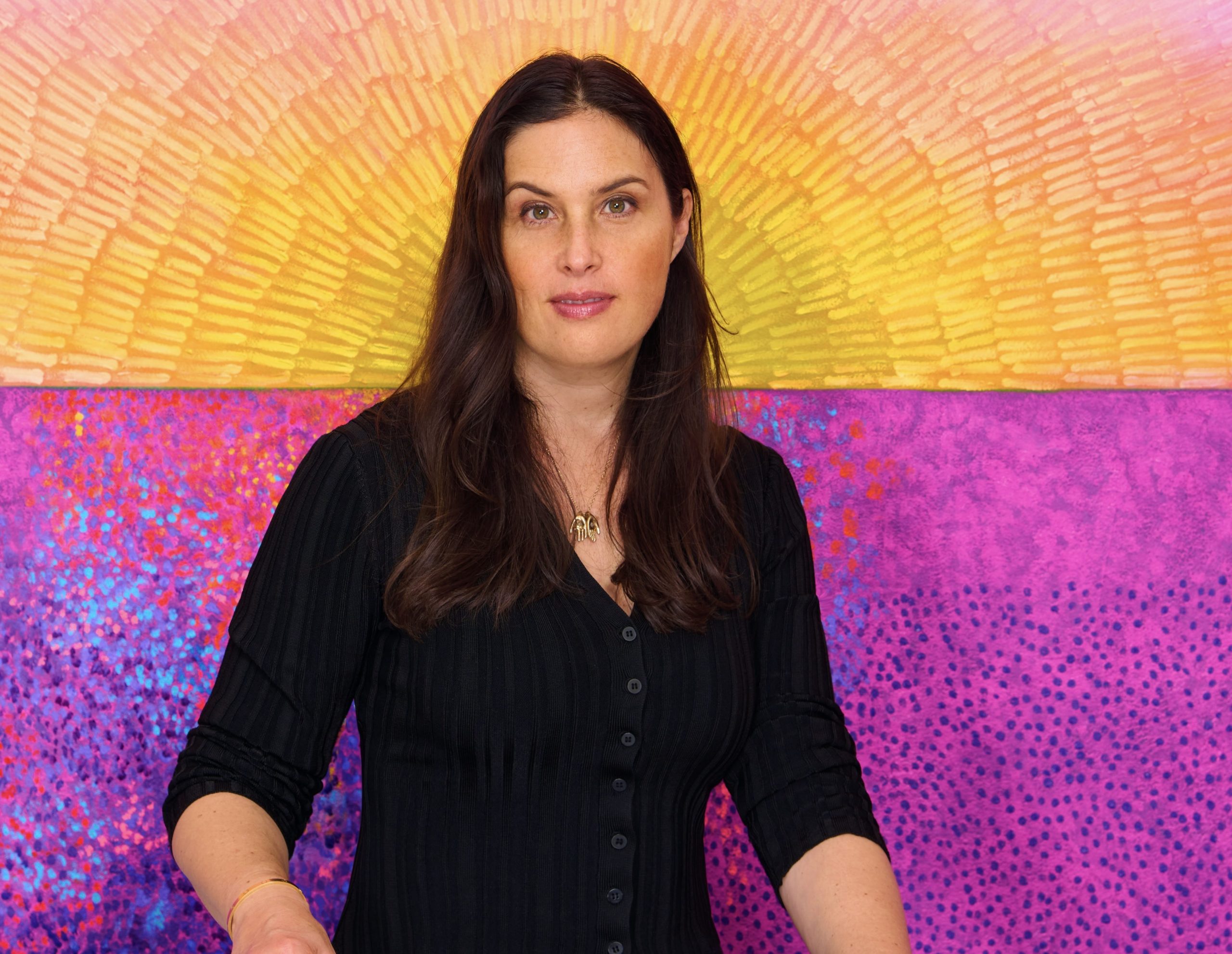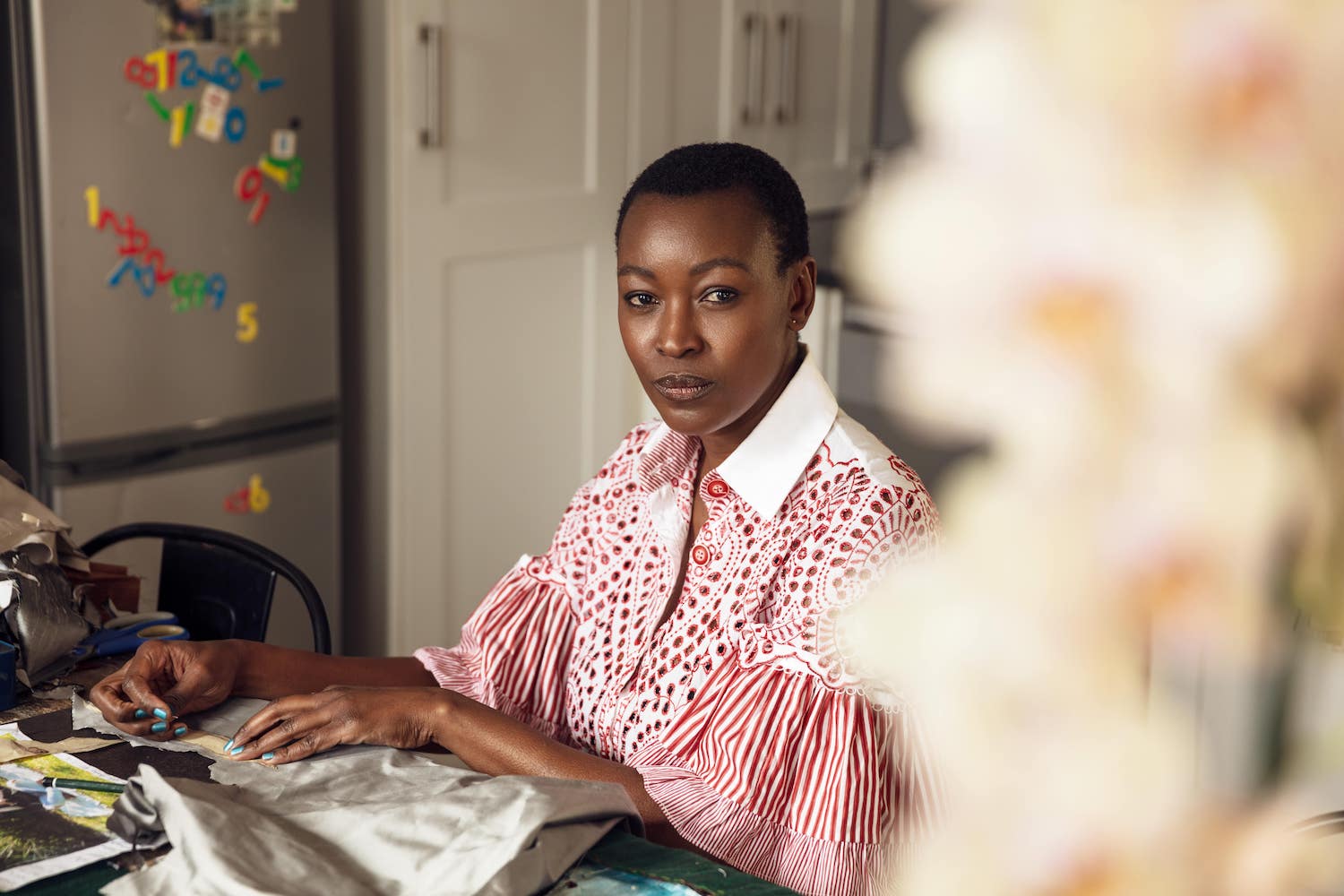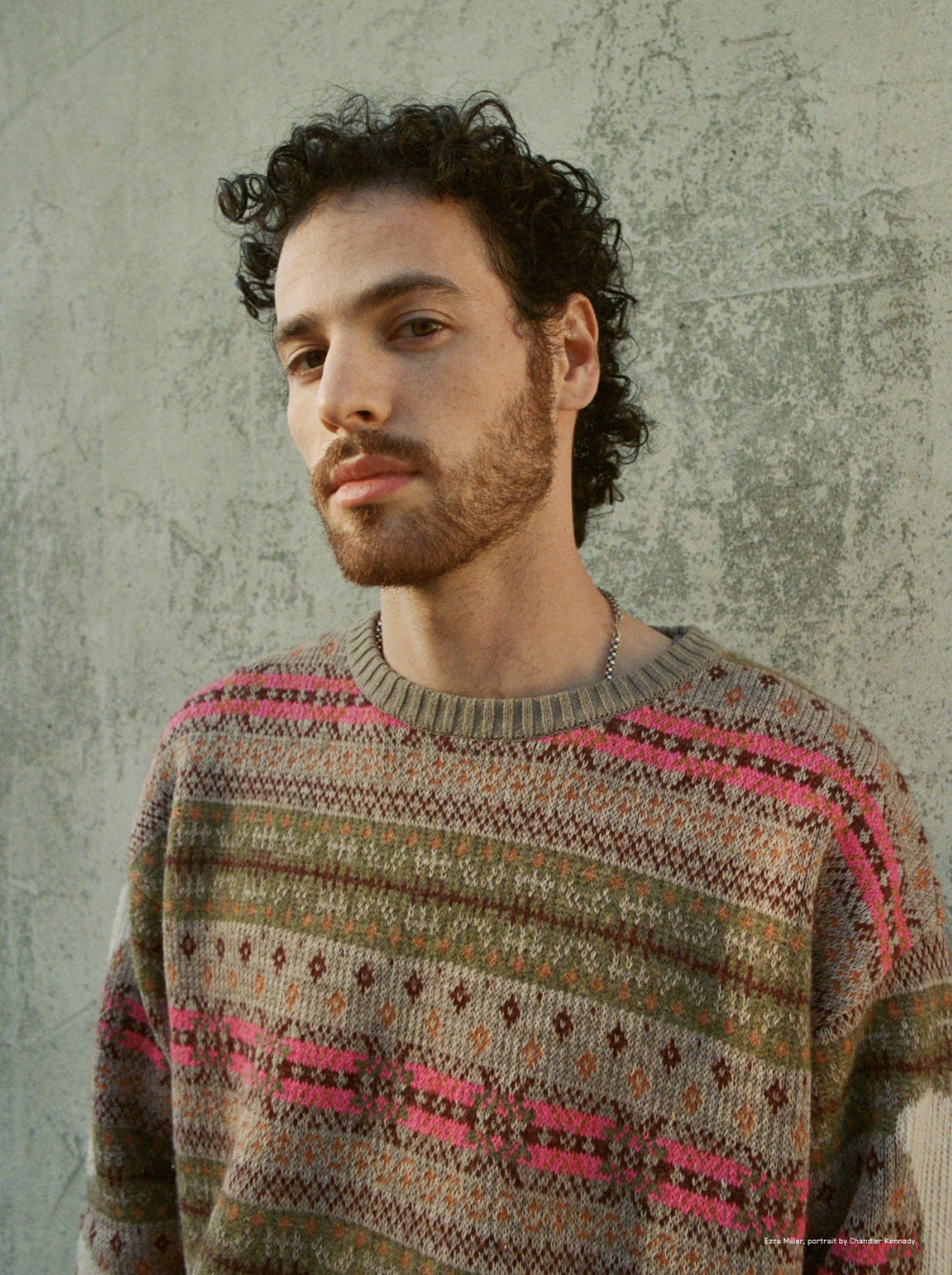Late last year, Madison Cario started in the inaugural position of CEO at Minnesota Street Project (MSP). A major player in the San Francisco art scene, MSP offers accessible and sustainable space for artists and art businesses. Galleries like Altman Siegel, Casemore Kirkeby, Jenkins Johnson, and Eleanor Harwood call its warehouses in the Dogpatch neighborhood home.
Cario joins the organization from recently held positions at Regional Arts & Culture Council (RACC) in Portland, Georgia Tech in Atlanta, and the University of Pennsylvania in Philadelphia. Whitewall spoke with them about changing the language around the value of art in our communities, cities, and beyond, while finding new ways to connect and bring people in.
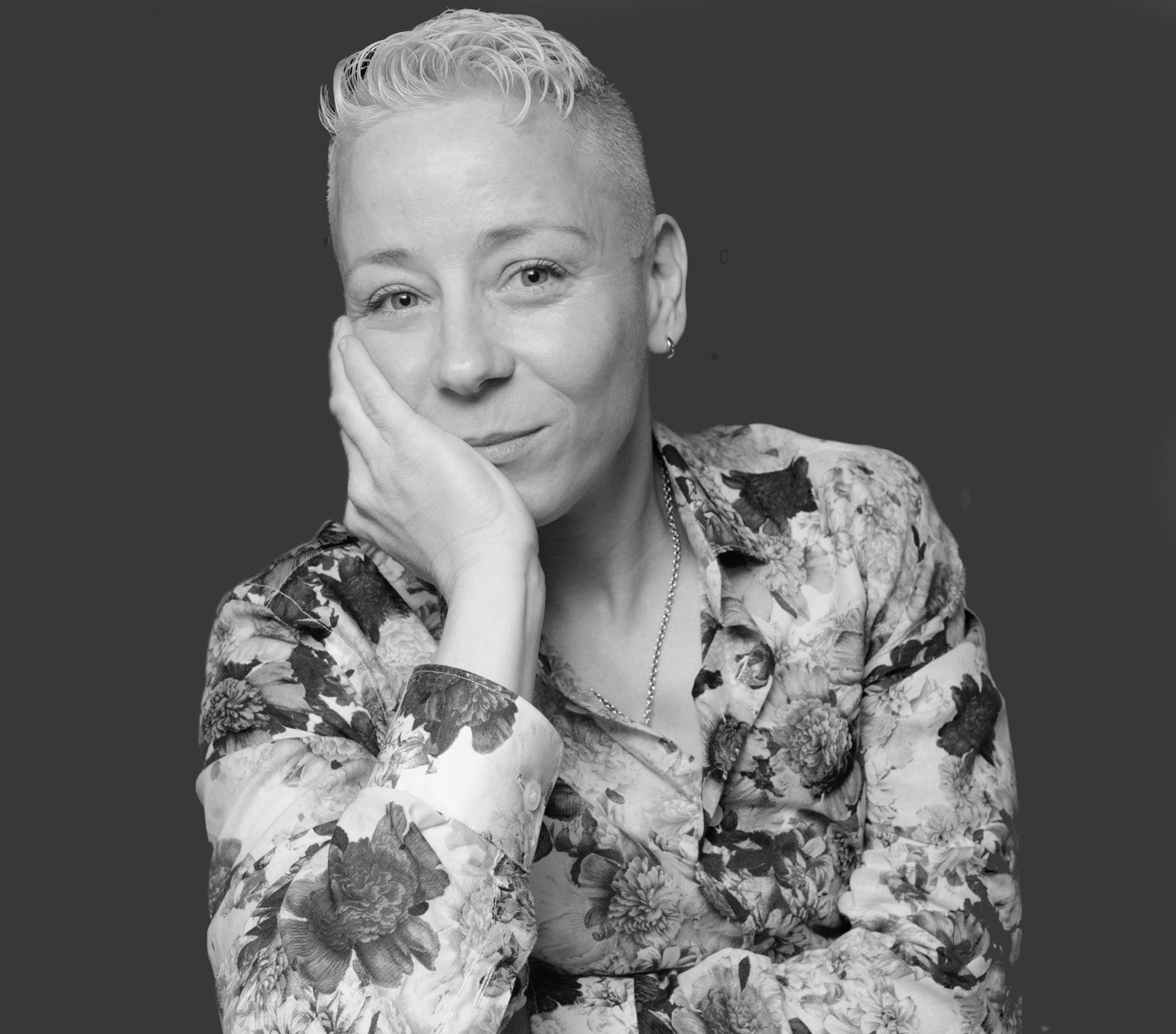
Portrait of Madison Cario by Johanna Austin, Austin Art Photography.
WHITEWALL: This is an inaugural role for Minnesota Street Project. What is it like to start a position like this?
MADISON CARIO: I’ve had some experience doing this, and there’s a lot of joy in the blank page. We have all things we’re doing already, and it’s amazing. It’s something that came out of crisis—gallerists are losing space, artists can’t afford studio space. What was really interesting about this inaugural role was walking into a place where like me, Deborah, and Andy Rappaport, [the founders of MSP], tend to start with “yes.”
The inaugural part of this means I get to co-curate with the community that is here what’s needed. It’s always more resources, but how? Art, as we’ve seen especially in COVID, is essential! I can’t say it enough. And yet we still don’t provide the infrastructure needed to support those communities.
One of the things I saw immediately that attracted me was a continued commitment until an artist or gallerist decides they want to be elsewhere. I see my role to be doubling down on how we deepen our support, our resources, and our listening to the communities that are already a part of our community, and then, how do we amplify their power?
WW: Listening thus far, what are you hearing as a need from artists and art businesses?
MC: Some of the things I have heard is space. It’s not the number one, though. What’s number one is community. We need each other. We need to be able to be in community and not in competition. Community is also about sharing, so what is that cross-platform sharing?
I think that there is a need for our communities of artists, creators, and art businesses to be better understood and valued for the core services that they provide. Not as a nice, “Oh yeah, it’d be great to have some art,” but really understood and moved into this space of a city like water, heat, access to food. It’s a real paradigm shift, and this would start with politicians and anyone who is making decisions about where am I spending my dollars, where am I spending my time, how do we instill in them or bring them to the realization of, “Wow, you know what, I had no idea how much I need art in my life.”
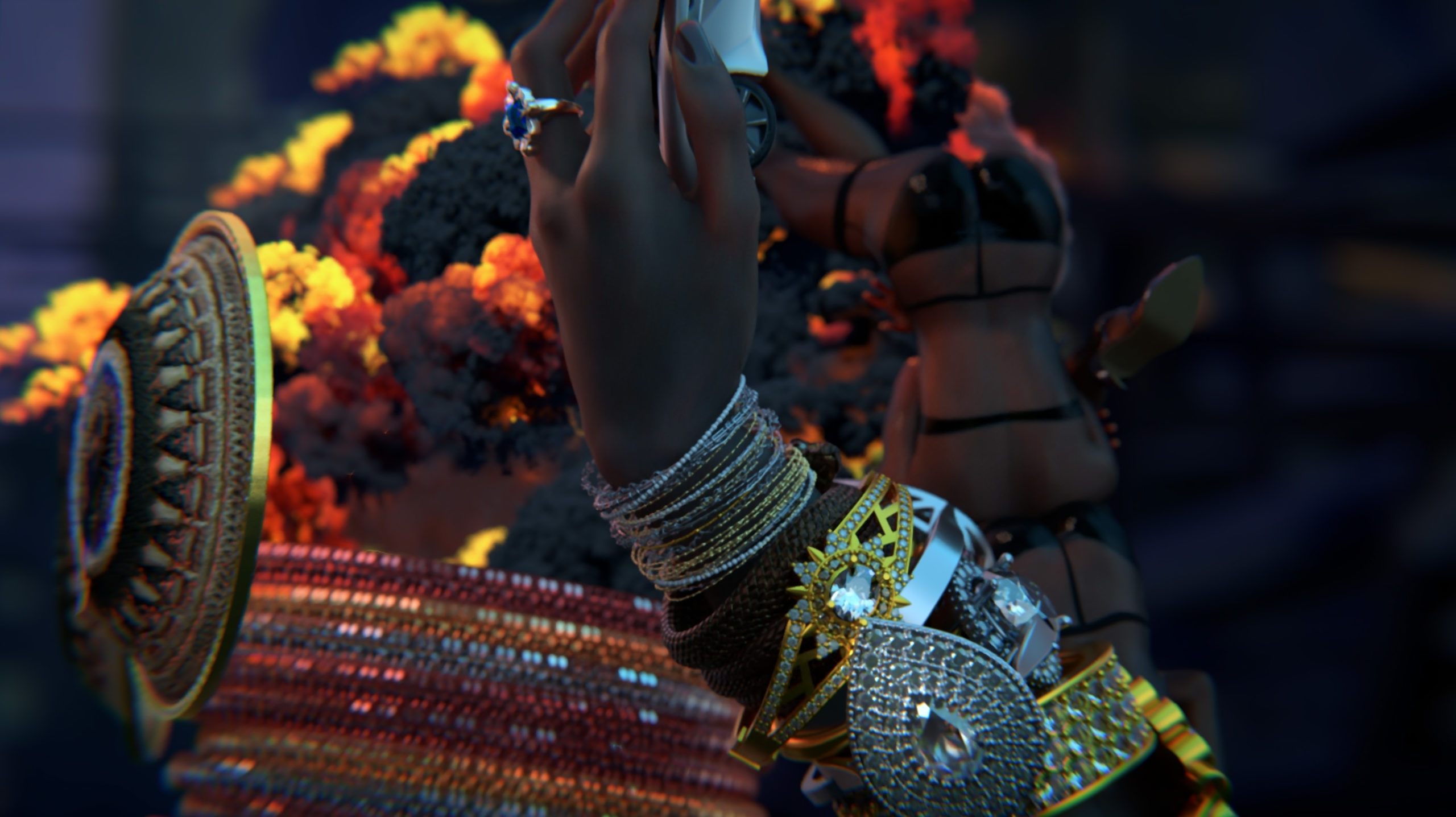
Rashaad Newsome, “Build or Destroy,” 2021 (Still), video with sound, 5:27 minutes, courtesy of the artist and Jessica Silverman.
WW: And the realization that it does have a positive economic impact on a city, a community.
MC: Yes, the economic impact. One of the things I learned at Georgia Tech, working at an engineering school, is that when I met with the dean of the College of Engineering, he did not spend one minute of time telling me how engineering was good for the economy or good for the community. For me, that was an “aha” moment. How much time do we spend in the arts explaining to you why this is important and why it’s good for you, why it’s good for the economy, why it’s good for the community, why it’s good for tourism? That’s 80 percent of the meeting.
So how do we flip that script? We start with saying “yes,” and everything else will follow. There are equity issues, and we’re not asking for it in a way that is helpful to us. The face of philanthropy is changing with this idea of “investment” instead of grant-making. If you think about it as you’re investing in this artist, that’s a whole different ball game. You want to get in now, because now is a good time to invest. Do you want to be a first-tier or second-tier? We’re really starting to flip our own internal narrative about our own value. I’m really curious about how these subtle shifts and changes in language can help change the culture. Our own culture, too, because we have to change our own language first.
WW: How are you thinking of accessibility in terms of getting people to come to MSP?
MC: I always look at things like public transportation and perceive those psychological barriers. So what are those and what’s the draw? At Georgia Tech, football was a really big deal. People will drive from all over the Southeast to come to a football game—I don’t even know if they went to school there or had any kids there. It’s an amazing thing to witness. So I’ve always been intrigued by that and learned a lot about building that fan base and that invitation. You have to make it really easy.
I think about all the sports stadiums nearby. Is that a possibility? Metallica is coming through this weekend. That is an audience! How do we connect with them?
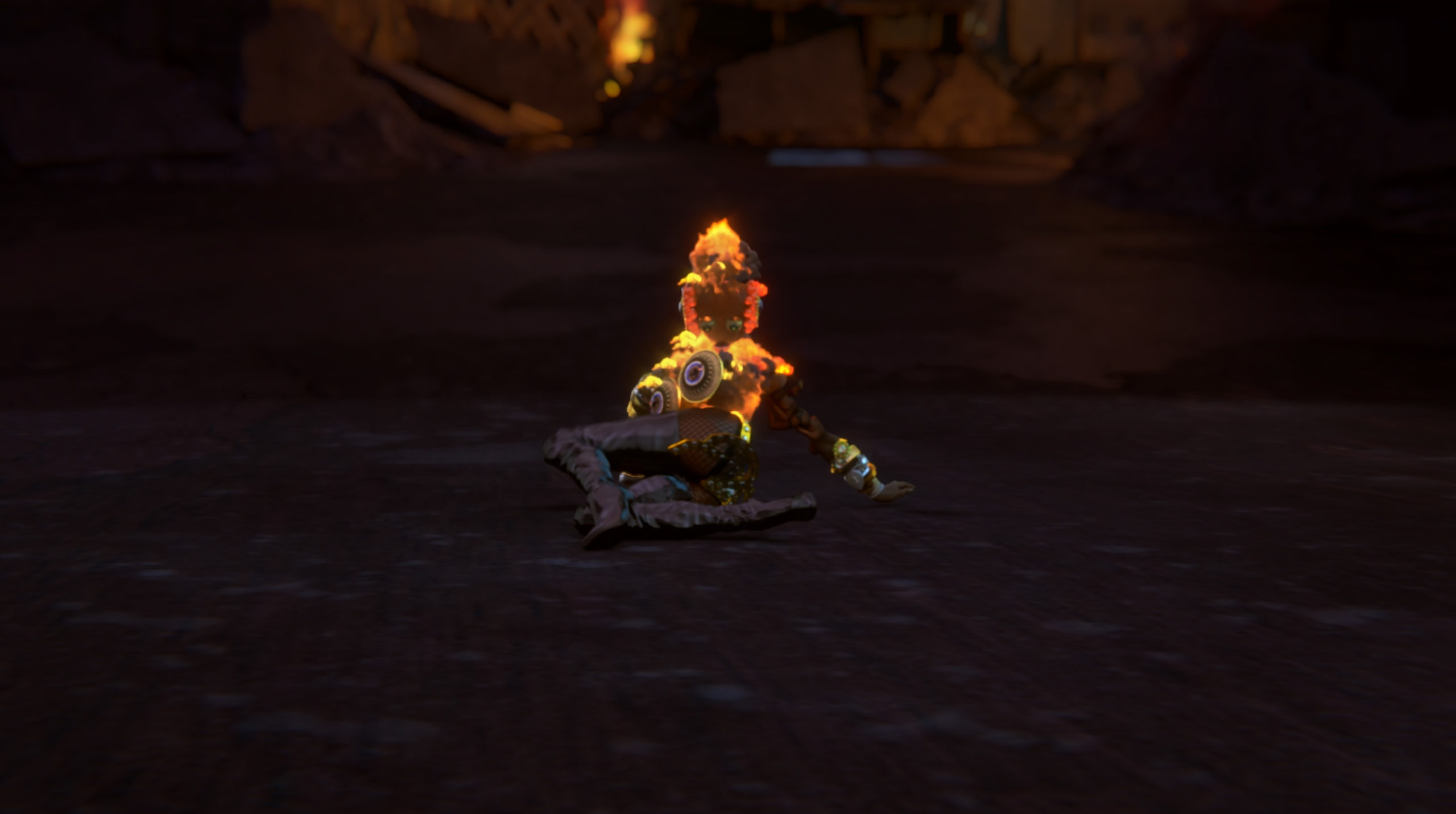
Rashaad Newsome, “Build or Destroy,” 2021 (Still), video with sound, 5:27 minutes, courtesy of the artist and Jessica Silverman.





